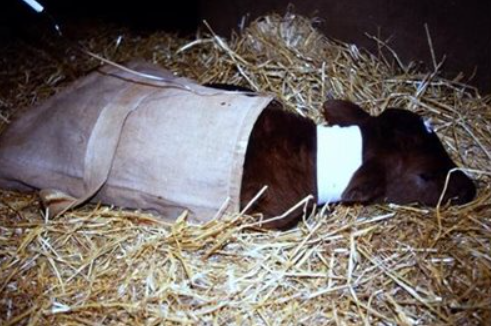Check out the latest additions to Bovis here…
Neonatal diarrhea
Neonatal enteritis is the most common cause of neonatal morbidity and mortality and remains one of the biggest health and welfare issues for youngstock. It accounts for significant financial losses on both beef and dairy enterprises. Diarrhea can result from several different infectious and non-infectious causes and in the absence of diagnostic testing it is not possible to predict the specific cause based on clinical presentation alone. Accurate diagnosis is often further hampered by the fact that many outbreaks are caused by multiple pathogens.
Written by Tim Potter BVetMed PhD MRCVS
Reviewed by Mike Reynolds BVM&S DCHP MRCVS
Joint lavage
Lavage of a joint(s) affected by septic arthritis. Septic arthritis may occur in adult or neonatal cattle. It may occur in one or multiple joints and may be as a result of a primary trauma that introduces microorganisms to the joint or as a result of hematogenous spread from infectious processes elsewhere in the body (navel ill, respiratory infections, etc). Affected animals are invariably lame, with hot and swollen joints. Pyrexia is often present.
Written by Ash Phipps BVSc(Hons) MANZCVS(Dairy Medicine) GradCertVPH(EAD) MVS MVSc
Reviewed by Paul Wood BVetMed MSc FHEA PGCert Vet Ed PGDipVetEd MRCVS
Mycoplasma bovis
From the Greek ‘Myco’, meaning ‘fungus’ and ‘Plasma’ meaning ‘formed’. M. bovis infection presents as respiratory disease, ear infections (otitis media), mastitis, arthritis and pneumonia in cattle and may cause significant economic losses in both beef and dairy cattle industries. Infected cows shed M. bovis in their milk and can pass the bacteria onto their calves. Due to the multimodal mechanism of spread and difficulties in diagnosis, M. bovis typically presents as an outbreak.
Written by Al Manning BVetMed MVetMed MRCVS
Reviewed by Veronica Fowler PhD MSc BSc(Hons)
Listeriosis
Caused by Listeria monocytogenes bacteria; a small, non-spore-forming, facultative anaerobic, gram-positive rod. The three classic presentations of listeriosis are: neural disease, visceral disease and reproductive disease. Additionally, atypical pneumonia caused by listeria has been documented in feedlot cattle and is thought to be caused by inhalation of bacteria.
Written by Ash Phipps BVSc(Hons) MANZCVS(Dairy Medicine) GradCertVPH(EAD) MVS MVSc
Reviewed by Katie Waine BVSc PhD MRCVS and Mike Reynolds BVM&S DCHP MRCVS


